This just doesn’t seem to get any easier.
When it was all said and done, I kissed the Hardrock on Saturday, 31 hours and 55 minutes after starting the morning before, for 9th place. It was the 4th time in as many attempts to do so, yet despite the experience I’ve accumulated through those years, this time around seemed harder than usual.
I think it goes without saying it’s never easy. With all the time it takes to cover so many miles across such challenging terrain, there are countless things that can go wrong. It’s not just a test of who’s fastest on their feet through the mountains, but also, who can best manage all the issues that arise, because it throws a lot at you.
A couple days after it was done, while I was letting the post-run soreness and swelling run its course, I did an interview with Jon Maletz which I thought summed up the day well, so I figured I’d share it here.
[Originally from the Aspen Times, July 14, 2011] — TELLURIDE, Colo. — These are the times that try men’s souls.
How else would one describe such an ordeal — a brutal 100-mile race through the remote San Juan Mountains? How else would one describe spending more than a day traversing 13 sometimes treacherous passes, scree and massive snowfields, climbing nearly 34,000 vertical feet, wading through swollen creeks and contending with dehydration, sheer exhaustion and muddled thoughts?
The objective is clear but the execution daunting for those who take part in the Hardrock Hundred Mile Endurance Run, which starts in Silverton, passes near the old mining towns of Lake City, Ouray, Telluride and Ophir and long has been regarded as the toughest test of its kind anywhere. (After completing 2007’s race, Carbondale’s Devin Gardiner quipped: “If you have any demons in your closet, they come out through 100 miles in the San Juan Mountains.”)
Sixty of 140 entrants in this year’s event bowed out before the finish — including last year’s winner, Jared Campbell, and five-time champion Karl Meltzer.
“Small bits, small pieces and one step at a time. You just have to be ready to take unexpected things in stride,” said four-time competitor Ted Mahon, who followed up his sixth-place finish in 2010 by taking ninth this year with a time of 31 hours, 55 minutes. “If something comes up that you weren’t planning on that doesn’t fit into your recipe for a perfect day, if you can’t adapt to that … it could wind up resulting in a DNF or something. There’s a huge amount of attrition going on.
“Eventually, you’re going to have your ups and downs. You can’t do this stuff without it.”
The 38-year-old Aspen resident has dealt with his fair share of adversity in the Hardrock. Overcome by fatigue during the dead of night in 2007, he convinced two pace setters to let him rest; he slumped down in a patch of tall grass and was asleep in seconds.
In 2009, after just 22 miles, Mahon lost his footing on a patch of dirt singletrack and landed on his right knee cap; he limped into the next aid station, but hung on to finish 11th.
This year was no different. Friday afternoon, as he climbed to the 14,087 summit of Handies Peak — the course’s highest point, at Mile 35 — Mahon said he was struggling to keep food down.
“It was the middle of the day, it was hot out and there wasn’t any weather. … I wasn’t doing a good job of hydrating,” he recalled. “It’s hard to catch up — you can’t just chug a couple electrolyte drinks, it will probably come back up. … You’re feeling more tired, you’re going slowly and you start mentally fatiguing. It wreaks havoc with your stomach. A whole bunch of other things start cascading downhill once you start on the path to dehydration.
“My stomach was upset for probably 18 hours. I was trying to figure out how to keep eating and drinking — you have to either take it in puny doses or don’t do it at all, which could lead to something worse down the road. My entire diet was Gu packets and [Honey] Stinger waffles, salt pills and a couple cups of chicken soup once in a while at the aid stations. … It becomes like a task or a chore. It adds one more thing to the list of why this is so unpleasant in that moment.”
That list also included wet feet. Because of the heavy snow year, creek levels were high and trail surfaces were “spongy, marshy and most often were flowing with water,” Mahon said.
“[Your feet] get all pruned up, and it’s hard to explain but you start to feel like you’re getting blisters everywhere. You take your shoe off, and you’re not. It takes a day for your skin to dry out.”
Up high, where an abundance of snow still clings to mountainsides, Mahon had to use YakTrax and collapsible poles to negotiate the steep slopes.
Such conditions likely led to the rerouting of the traditional course outside Telluride, adding a few extra miles.
“As small as a couple miles seems in the scheme of things, it doesn’t help the mental game,” Mahon conceded.
As darkness blanketed the San Juans and temperatures dropped, Mahon said his stomach started to recover. A shot of Tequila at an aid station on top of Virginia’s Pass — a well-earned reward after a nearly 5,000-foot climb — likely helped, he joked.
After a quick respite, Mahon began the descent into Telluride “to confront what’s probably the hardest part — those late-night hours.”
Soon after leaving the ski town, at Mile 72 at about 2:45 a.m. Saturday, Mahon walked past a man curled up in a sleeping bag; it was Campbell. (Hours later, he would watch Meltzer limp off course.)
As he made his way toward Bridal Veil Falls outside Telluride, Mahon, too, battled sleep deprivation. He was spurred on, however, after making a turn up a switchback and spotting a headlamp behind him.
“[My pace setter] made the quick observation that that was my alarm,” Mahon said. “That definitely got my ass in gear. … We charged up the next section, passing two groups to crack the top 10. I have never woken up that quick.
“Sometimes that is all it takes. You have to have a good reason to keep going. Sometimes it’s hard to come up with one when you’ve been at it for a day. There’s a lot of introspective sort of things, ‘I’ve been here before, done this before, so why am I here again?’ That’s when you start promising yourself that you’re not doing this race again.”
The first splash of sunlight began painting the peaks a few hours later. At that point, about 20 miles from the finish, the race began in earnest, Mahon said.
“You want to hold your position, and suddenly you’re looking over your shoulder a lot,” he added.
Before he could celebrate a second consecutive top 10 by kissing the fabled rock, a painted piece of mining debris that awaits finishers in downtown Silverton, Mahon had to confront his greatest challenge.
About 5 miles from the finish, he accidentally drilled a rock with his right foot, knocking a loose right big toenail back through the skin and under the cuticle.
“It hurt so bad that I had to stop. I practically threw up,” Mahon said, looking down at his bandaged digit. “I kind of clenched my teeth and walked it off.”
He chose to ignore the pain and make one last push to the finish.
He arrived Saturday afternoon.
“I thought I was having a terrible day, relatively speaking, compared to last year and the year before. I surprised myself,” said Mahon, competing in his eighth 100-mile race. “Sometimes, if you put together the best day you can, you’ll see others around you who might not be having a good day. … I call it like a tortoise-and-hare strategy. All the hares go racing out until a couple of them — who knows how many — will fall apart.
“I guess I’m a little faster than a tortoise.”
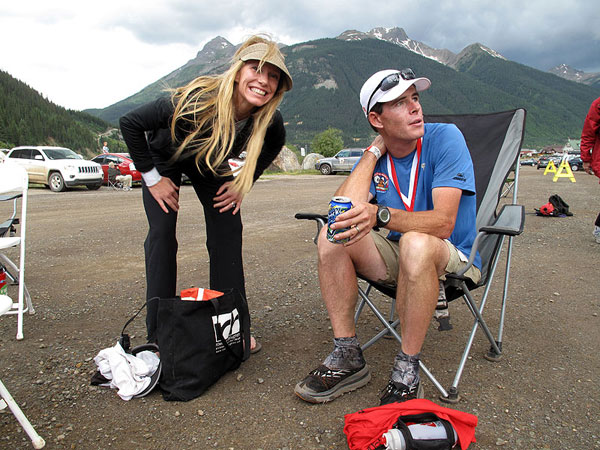
Thoroughly worked, and happy to be done. Thanks to Christy, Tim, Sean and Chase for all their support. (photo: T. Mutrie)

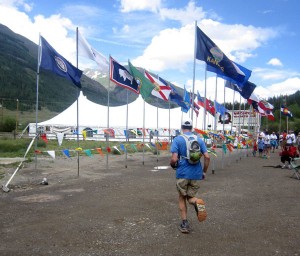
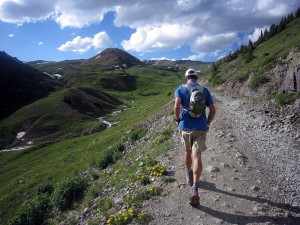
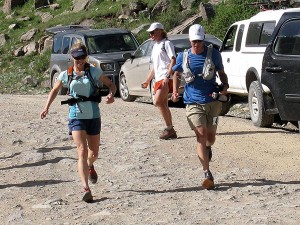
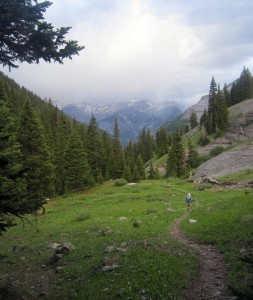
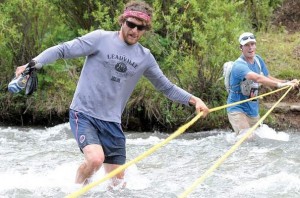
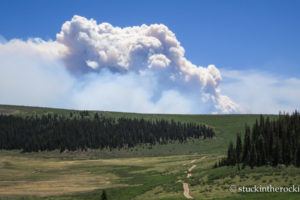
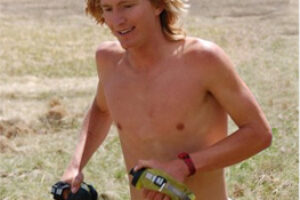
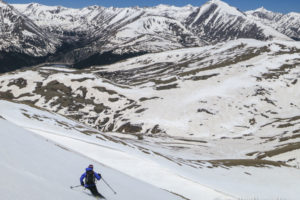
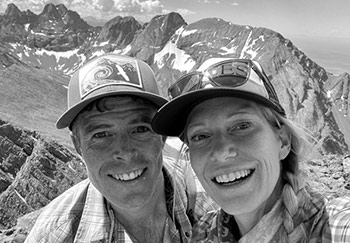






7 Comments
Leave your reply.